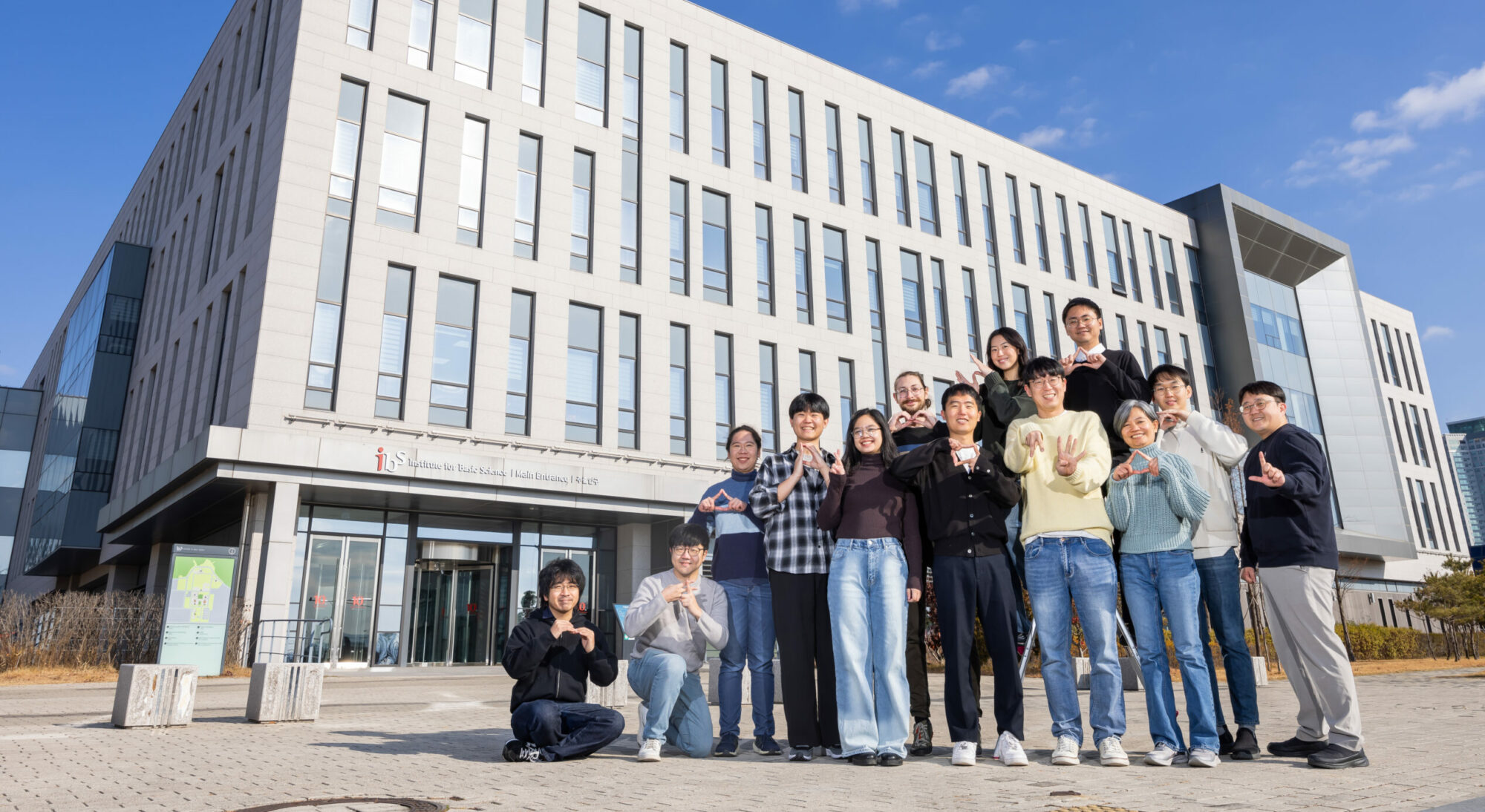The 103,200-arm acceleration dataset in the UK Biobank revealed a landscape of human sleep phenotypes
B378 Seminar room, IBS 55 Expo-ro Yuseong-gu, Daejeon, Korea, Republic ofWe will discuss about "The 103,200-arm acceleration dataset in the UK Biobank revealed a landscape of human sleep phenotypes", Katori et al., PNAS, 2022. Abstract: Human sleep phenotypes can be defined and diversified by both genetic and environmental factors. However, some sleep phenotypes are difficult to evaluate without long-term, precise sleep monitoring, for which simple …




